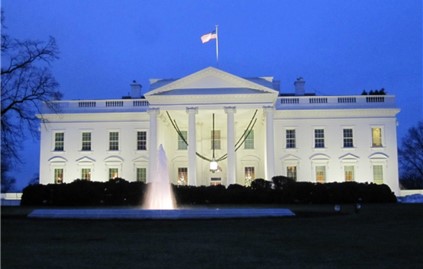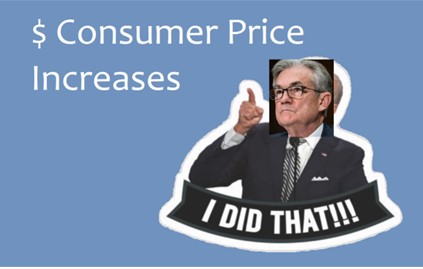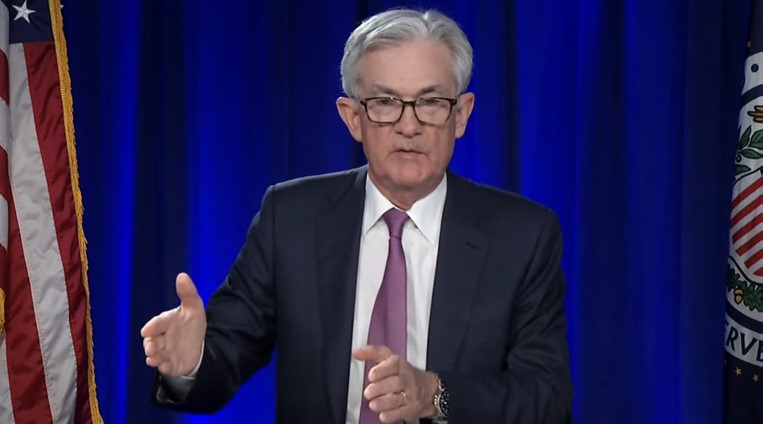Image Credit: Federal Reserve (Flickr)
The Fed May be Orchestrating for Both Rates and Stocks to Climb Following the FOMC Meeting
Fed Chair Jerome Powell is following in the footsteps of the two Fed heads that came before him. That is to say, he is very transparent about his future actions. The Fed hasn’t made a surprise move in over 20 years. Remarkably they have telegraphed most everything in advance. So it came as a surprise to see broker-dealer shops like Goldman Sachs and Jeffries say they expect the Fed to tighten by 75bp rather than the 50 bp that Powell reiterated just a week ago. Do they know something, or is this conversation part of orchestrating an orderly return to 2% inflation without roiling the stock market?
We all want the Fed to succeed. Annual consumer price increases of 6%-9% would put a lot of households in jeopardy. While the stock market is not a direct mandate of the Fed, a market decline of an additional 10% would place retirement portfolios and businesses in harm’s way hurting even more households.
Since the FOMC last met and raised rates 50bp on May 2nd, Powell has consistently indicated that we should expect 50 basis points following the June meeting (June 15th). In the last set of minutes and through public engagements of other Fed Governors, there are indications that some would prefer a more aggressive pace of tightening. I’ve been paying close attention to FOMC meeting outcomes since the end of Paul Volcker’s last term, this is what I know; the Fed Chair does not get outvoted by other members. And, this Fed Chair hasn’t ever acted to surprise the markets. There have been times when Powell could have moved sooner or more aggressively than previously stated, especially in the early days of the pandemic, but he has instead given lead time for the markets to adjust. He showed the same patience with tapering.
After new inflation data was released last Thursday in the form of a CPI report, a likely 75bp rather than 50bp hike is being reported on all the major financial outlets. This would not seem very likely, even if the FOMC members feel they are behind the curve. The reason is simple; they want the market to trust what the Fed tells them. However, the other tool the Fed uses to control markets and even interest rates is very strong. It’s referred to as jawboning.
A more likely outcome of tomorrow’s meeting is a 50bp rate move with a much firmer message. If the desired outcome is to apply the economic brakes more firmly, not scare the stock market, and keep to its word, the FOMC is more likely to go 50bp and talk about 75bp in the message and messages following the meeting.
Consider this, a 50bp move after the market now expects 75bp is likely to cause investors to rejoice. Perhaps even cause a substantial rally. A more hawkish verbal stance going forward would cause the bond market to take heed and move up in yield, and the door would then be open to go 75bp in late July after the stock market already becomes accustomed to the idea. In fact, market participants would remember the rally after the June meeting and be less fearful of future tightening moves.
Is this just a fantasy? It’s another forecast to consider; in my experience, it makes more sense than anything else. It does imply the Fed may have intentionally let a 75bp expectation slip to accomplish a goal – it would not be the first time.
Managing Editor, Channelchek
Suggested Content
 The Fed, The President, and The Consumer
|
 Inflation Sticker Shock to be on Powell Says President
|
 The Soft Landing Challenge, Fed Chairman Makes No Promises
|
 The Beveridge Curve Indicates Aggressive Fed Action Shouldn’t be Feared
|
Stay up to date. Follow us:

|

